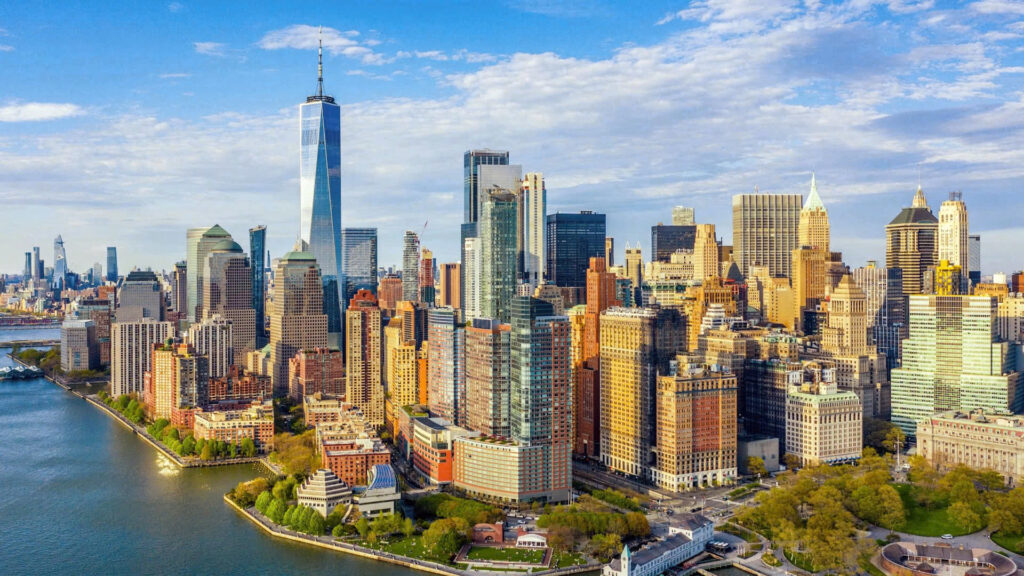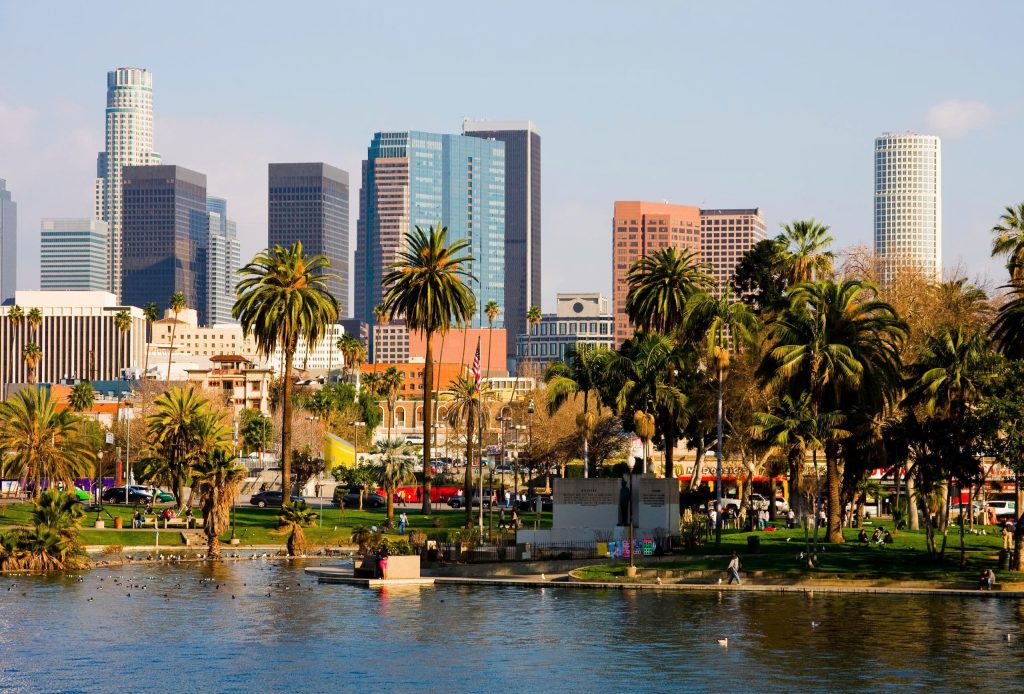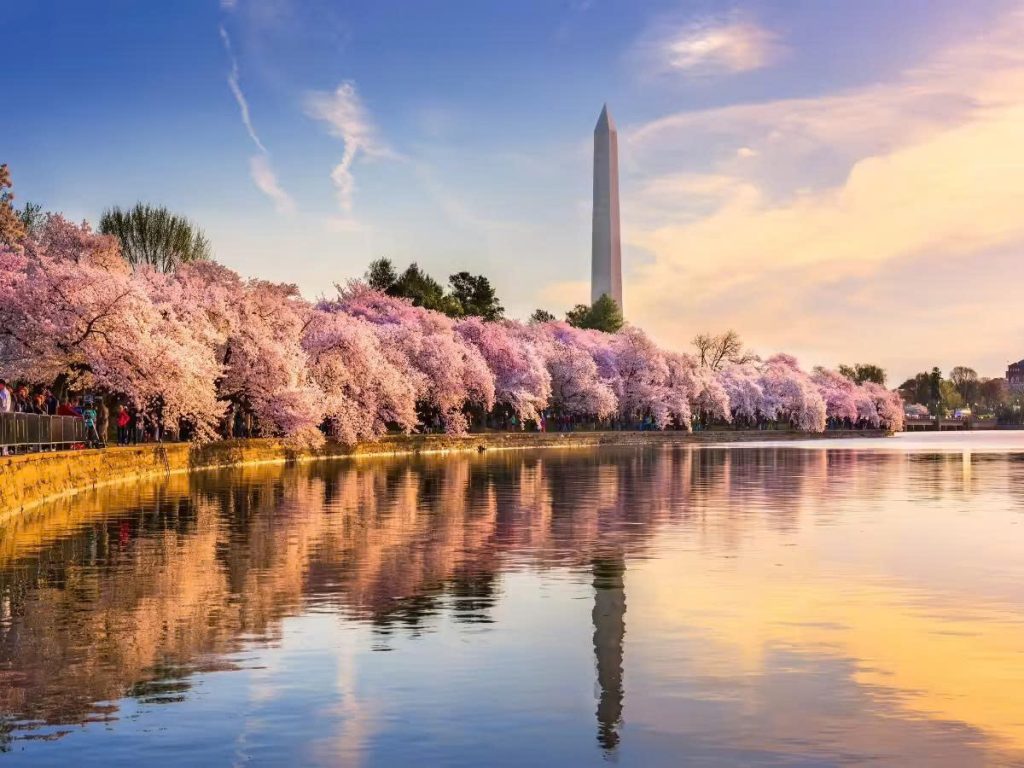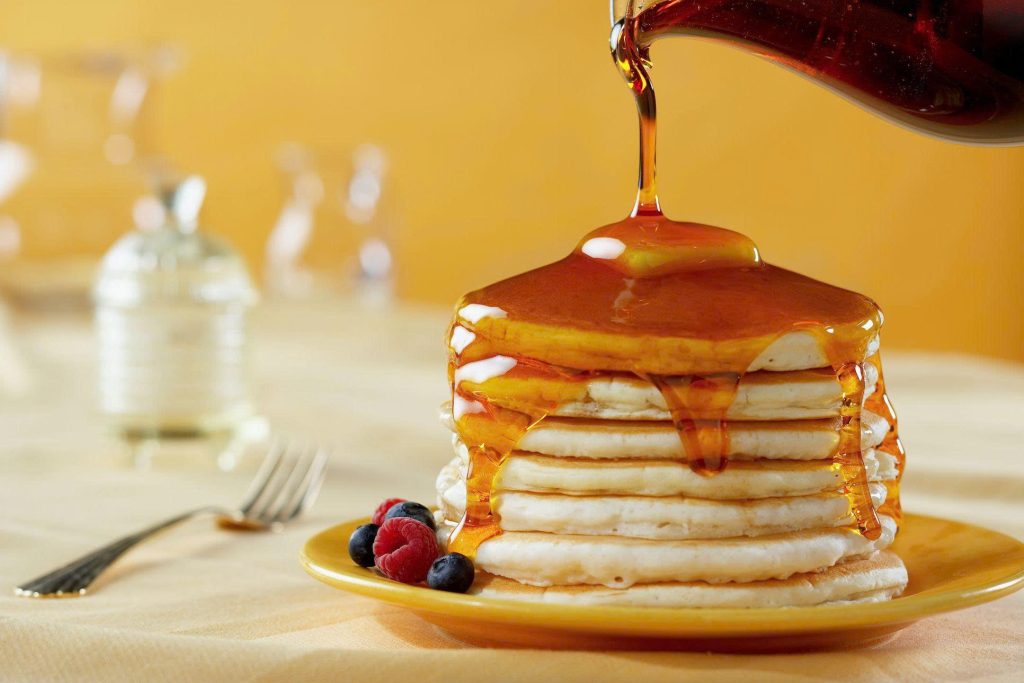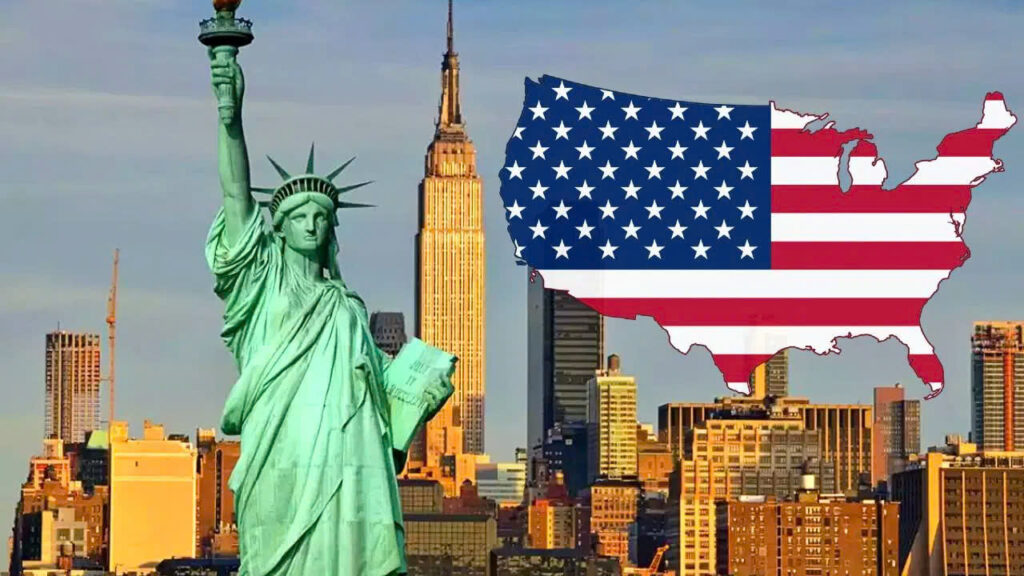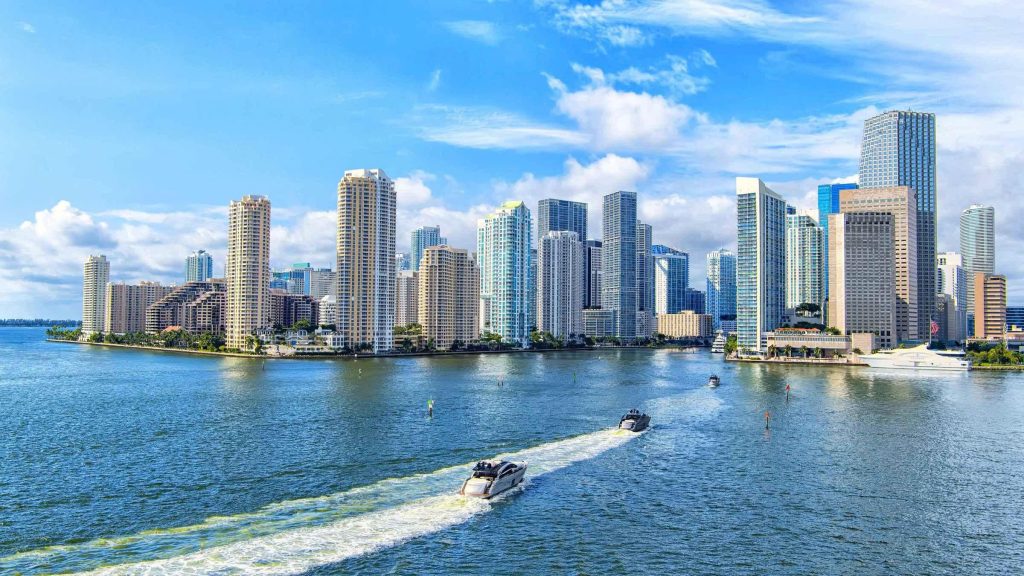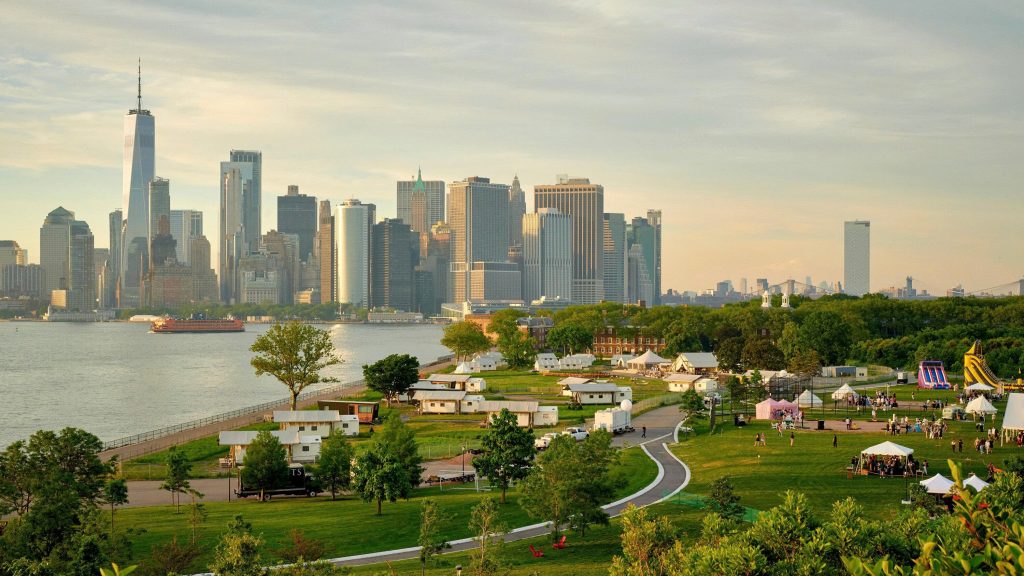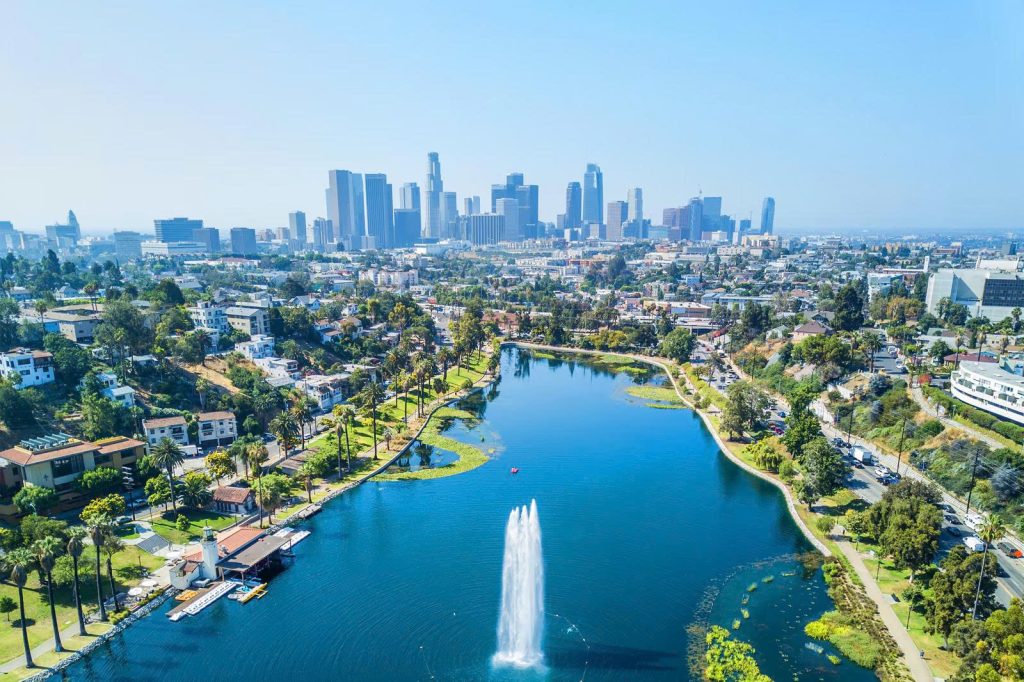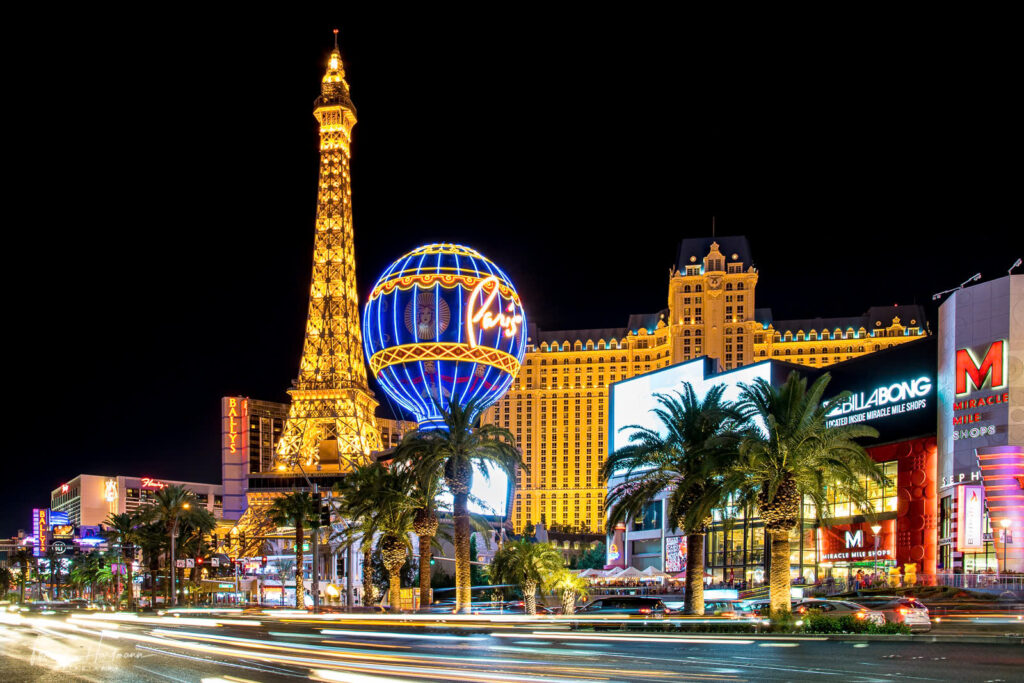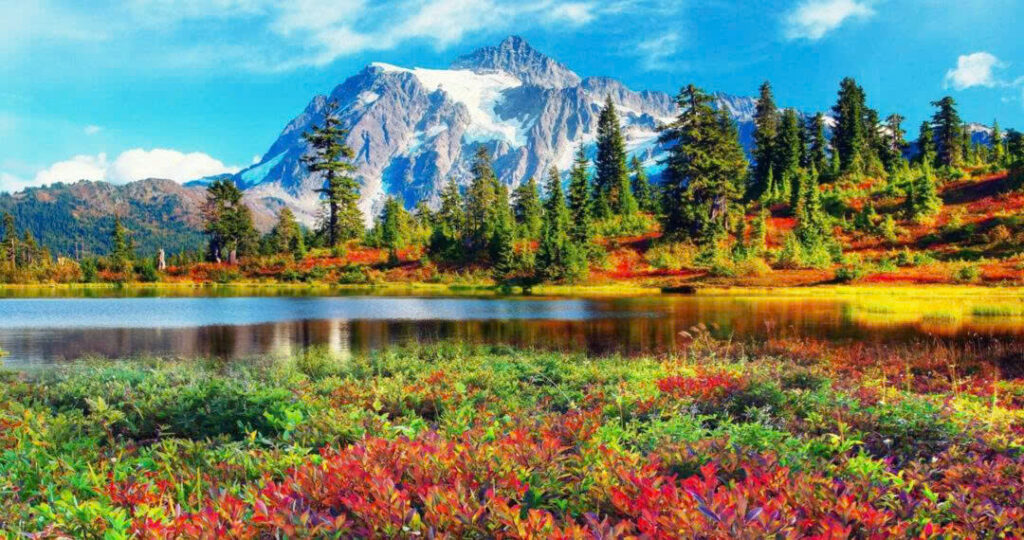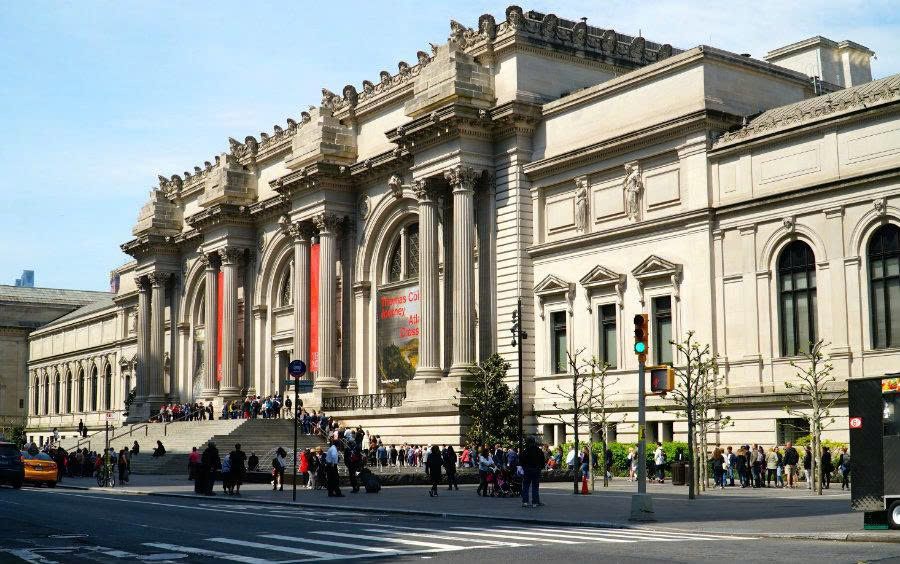New York City, the “City That Never Sleeps,” is a captivating destination that draws millions of visitors each year. However, the ideal time to visit this iconic metropolis can vary greatly depending on your priorities, whether it’s basking in pleasant weather, snagging better deals, or experiencing specific seasonal events. This comprehensive guide will walk you through the nuances of each season, helping you pinpoint the best time for your New York City adventure.
Understanding New York City’s Climate and Seasons
New York City experiences four distinct seasons, each with its own unique charm and considerations:
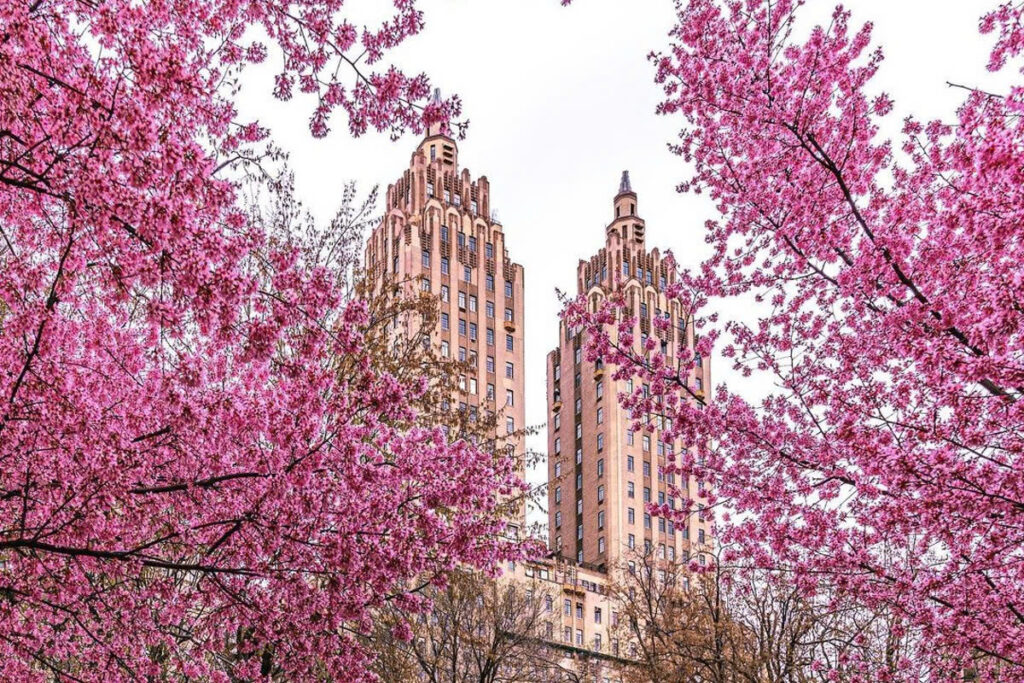
- Spring (April to June): As winter’s chill fades, Central Park and other green spaces burst into bloom, painting the city in vibrant colors. Temperatures gradually rise, offering pleasant days ideal for strolling through neighborhoods like Greenwich Village or exploring the Brooklyn Botanic Garden. However, occasional rain showers are possible. Key entities during this time include the Macy’s Flower Show and the reopening of outdoor attractions.
- Summer (July to August): Summer in NYC is characterized by warm and often humid weather. This is peak tourist season, with bustling crowds at popular attractions like the Statue of Liberty and Times Square. Enjoy outdoor concerts, rooftop bars, and free events in parks. Be prepared for higher accommodation prices and the need for light, breathable clothing. Entities to consider are outdoor film festivals, Shakespeare in the Park, and beach trips to Coney Island.
- Fall (September to October): Many consider fall the best time to visit New York City. The weather is mild and crisp, perfect for exploring on foot. The foliage in Central Park turns into a breathtaking spectacle of reds, oranges, and yellows. Enjoy cultural events, Broadway shows, and the vibrant atmosphere of the city without the intense summer crowds. Key entities include New York Film Festival, Halloween parades, and the stunning fall foliage in Central Park.
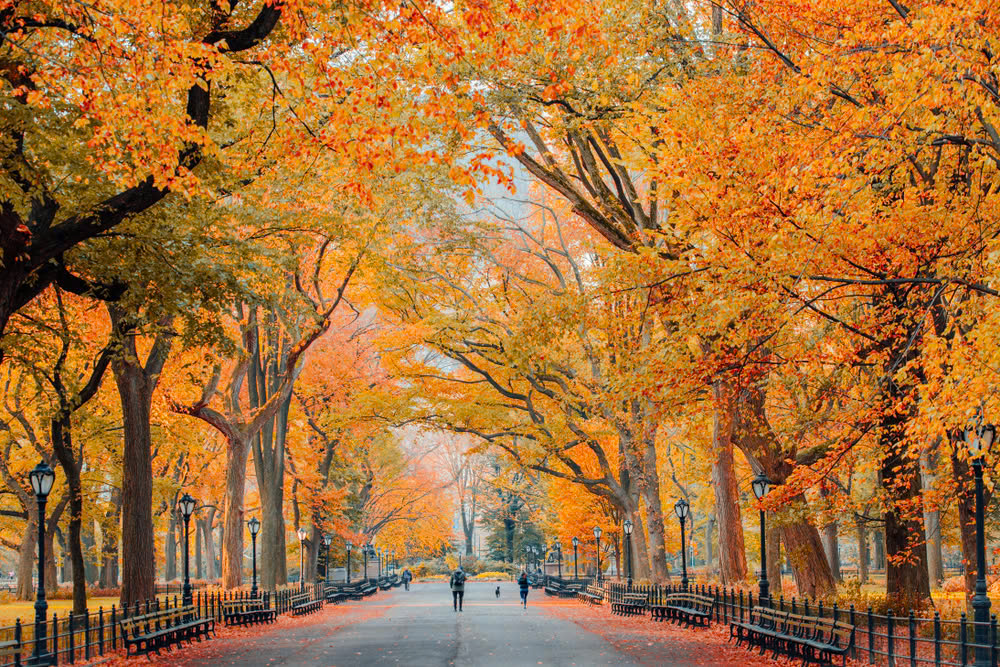
- Winter (November to March): Winter in New York City can be cold, with chances of snow and ice. However, it also offers a unique magical charm, especially during the holiday season. Witness the iconic Rockefeller Center Christmas Tree, go ice skating, and enjoy festive window displays along Fifth Avenue. While outdoor activities might be limited on colder days, indoor attractions like the Metropolitan Museum of Art and Broadway remain popular. Entities to focus on are the Rockefeller Center Christmas Tree Lighting, New Year’s Eve in Times Square, and Museum Mile.
Finding Your Best Time
To determine the best time to visit New York City for you, consider these factors:
- Weather Preferences: Do you prefer warm sunshine, mild temperatures, or the festive chill of winter?
- Budget: Hotel and flight prices tend to be highest during peak seasons (summer and holidays). Visiting during the shoulder seasons (spring and fall) or even parts of winter can offer better deals.
- Crowds: If you prefer fewer crowds, avoid the peak summer months and major holiday periods. January and February are typically the least crowded times.
- Events and Activities: Are there specific events you want to experience, such as the Tribeca Film Festival (spring), outdoor concerts (summer), the New York City Marathon (fall), or holiday markets (winter)?
- Activities: Do you plan to spend more time outdoors exploring parks and landmarks, or indoors visiting museums and theaters?
Month-by-Month Breakdown
To further assist your planning, here’s a brief overview of what to expect each month:
- January: Cold weather, fewer crowds, good deals on hotels. Focus on indoor activities.
- February: Similar to January, with potential for romantic Valentine’s Day events.
- March: Gradual warming, fewer crowds than spring, St. Patrick’s Day celebrations.
- April: Pleasant temperatures, blooming flowers, outdoor markets begin to open.
- May: Warm and sunny days, ideal for exploring, outdoor events in full swing.
- June: Hot and humid, peak tourist season begins, outdoor festivals.
- July: Hottest month, crowded, but vibrant with summer activities.
- August: Similar to July, with potential for late-summer deals towards the end of the month.
- September: Mild and crisp weather returns, ideal for sightseeing, cultural events.
- October: Stunning fall foliage, pleasant temperatures, Halloween festivities.
- November: Cooler weather, Thanksgiving celebrations, start of the holiday season.
- December: Festive atmosphere, holiday lights and decorations, colder temperatures.
Ultimately, the best time to visit New York City is subjective and depends on your individual preferences and priorities.
- For pleasant weather and beautiful scenery, spring (April-June) and fall (September-October) are often recommended.
- For vibrant summer energy and outdoor activities, July and August are the peak.
- For a magical holiday experience, December is unparalleled.
- For budget travelers and fewer crowds, January and February can be appealing.
RELATED: 15 Famous New York Tourist Places You’ll Love
By considering the seasonal nuances, your interests, and the factors outlined in this guide, you can confidently choose the perfect time to experience the unforgettable magic of New York City.

